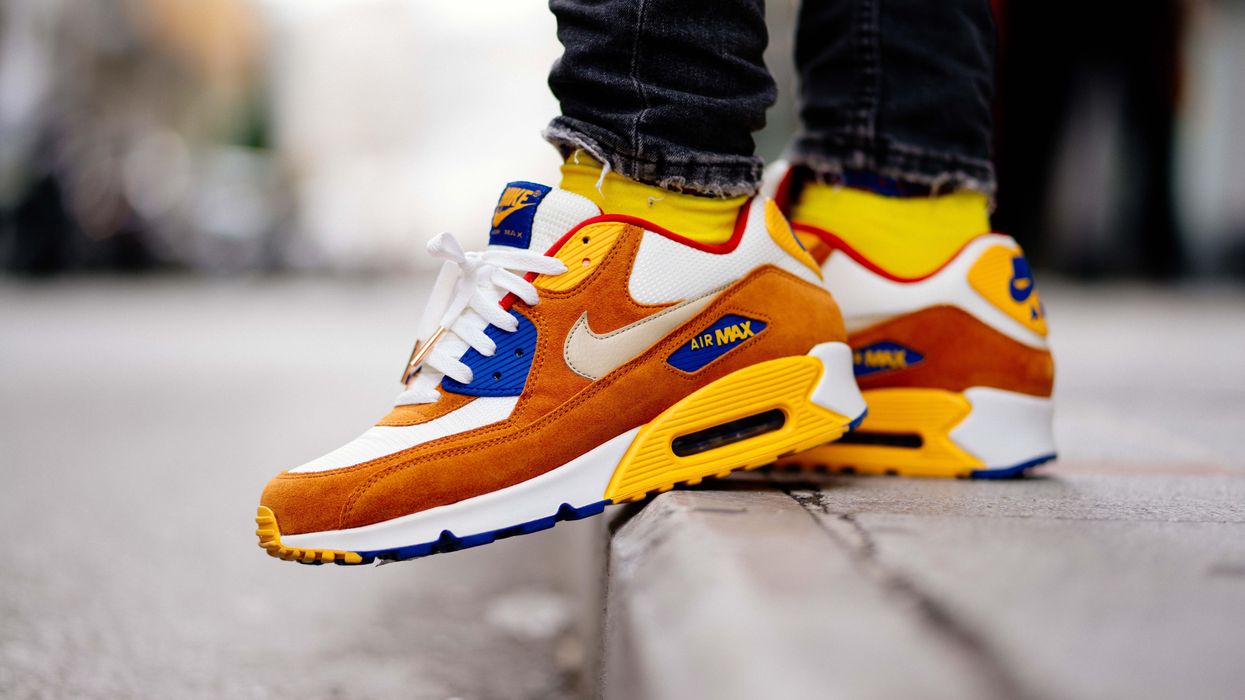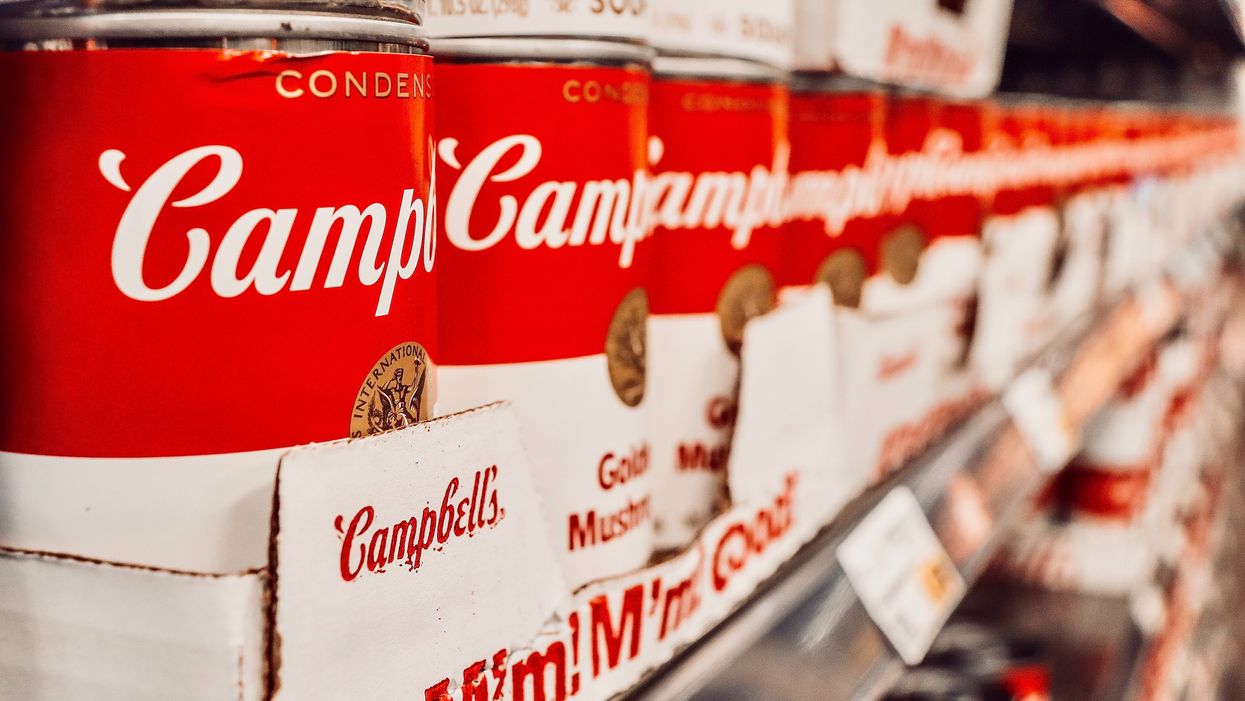On quarterly earnings calls, companies share their results on key metrics so that analysts and investors can review their performance in black and white. But when considering the economy as a whole, it can be equally important to consider what executives say, especially at the largest companies that have a global view.
That was true of Nike’s earnings call on Friday for the first quarter of 2023. Just before sharing the iconic athletic brand’s numbers for the quarter, Nike Chief Financial Officer Matt Friend recapped how the past three years have found the company navigating through supply chain disruptions and store closures.
“This quarter, it became clear to us that conditions in North America are shifting once again,” he said. Nike’s quarter ran from May 31-August 31, meaning another month or two had elapsed beyond other companies that reported earnings over the summer, and saw their quarters end on June 30 or July 30.
Here’s how Friend described the conditions Nike was facing, per Motley Fool’s transcript:
Earlier ordering by retailers, driven by strong consumer demand and less predictable delivery timelines, had led to elevated inventory levels broadly across consumer goods. Then, transit times began to rapidly improve with signals that further improvement may be coming. At the same time, consumers are facing greater economic uncertainty, and promotional activity across the marketplace is accelerating, especially in apparel. As a result, we faced a new degree of complexity.
Nike showed to some degree that it could navigate this. The company’s revenue was up 4% to $12.69 billion, and Friend said the company had a strong back-to-school season. But the conditions Friend described contributed to the company’s North American inventory rising 65% year-over-year with in-transit inventory growing about 85%. Overall, inventory was up 44% for the apparel brand.
“This reflects the combination of late delivery for the past two seasons, plus early holiday orders that are now set to arrive earlier than planned and a prior year that was impacted by factory closures in Vietnam and Indonesia,” Friend said. “As a result, we are taking decisive action to clear excess inventory, focusing on specific pockets of seasonally late products, predominantly in apparel.”
Transit times were longer last year, so the company decided to start shipments for the holiday season earlier. But then, transit times improved unexpectedly. So spring, summer and fall inventory all arrived late, while the holidays arrived early. It means several seasons are arriving at the same time, causing a glut. The inventory that is now longer seasonally relevant will be liquidated.
The action will include discounting items in order to move them. Now, the elevated freight and logistics costs, coupled with markdowns in North America, are weighing on the company’s profits.
The markdowns were necessary if difficult to swallow. But Nike is also eying consumer behavior, which is impacted by inflation that continues to be elevated at 40-year highs.
“We plan to compete, as I mentioned, in a more promotional environment," Friend said, referring to the fact that discounts will be found across many brands and retailers. "And given the macro uncertainty that's out there for the consumer, we're taking a more measured approach and we're tightening our inventory buys around the world based on some of the risks that could materialize in the second half."
This may also offer a reminder for the economy as a whole: Even as concerns shift to demand from consumers in a tough economic environment, supply issues aren’t over.
To be sure, Nike is far from alone in facing inventory issues. Virtually every apparel company that reported earnings this quarter talked about how they instituted markdowns due to the supply mismatch with demand. The Census Bureau reported this week that retail inventories across the country were up 21.6% year-over-year.
Apparel retailers are also uniquely vulnerable to inventory issues due to the seasonality of the merchandise, which has a big impact on ecommerce. As Vijay Ramachandran, Pitney Bowes VP of market strategy for global ecommerce, recently explained to us, brands in other popular ecommerce categories like home goods and beauty have more flexibility to wait for inventory that may be stuck in transit, since it will still be relevant to the market by the time it arrives.
Nike is also not the only company to send warning signs with an earnings report in the last couple of weeks. FedEx CEO Raj Subramaniam took to CNBC to warn of a “worldwide recession” after the carrier saw falling demand for shipping. While this set off a debate as to whether the big earnings miss was a result of the economy or FedEx’s own management, the company is nevertheless seen as a bellwether, given that its clients are many other companies.
What’s unique about Nike's quarter, however, is that it shows inventory – and, more broadly, supply chain – issues potentially persisting into a holiday season that is already facing headwinds.
Eye on the consumer
The biggest bluster is coming from inflation, which continues to remain stubborn. On Friday, the US Commerce Department’s Personal Consumption Expenditures (PCE) price index rose 6.2% annually in August. On a monthly basis, prices for goods decreased 0.3% and prices for services increased 0.6%. Like the Consumer Price Index earlier this month, it shows that inflation’s rise is cooling slightly from recent months, but that it remains elevated. The PCE is the preferred inflation measure of the Federal Reserve, which has already raised interest rates 0.75% each of the last three meetings in an effort to cool demand and bring down inflation. Those efforts don’t seem to be showing up in the data yet, though Fed Chairman Jerome Powell has cautioned that it will take time.
 The Dallas Fed's Trimmed Mean PCE Inflation Rate, 2017-present. (Source: FRED)
The Dallas Fed's Trimmed Mean PCE Inflation Rate, 2017-present. (Source: FRED)
In a silver lining for retailers, there are some signs that consumers are feeling better about things, and remain willing to spend. Overall, consumer spending was up 0.4% on a monthly basis in August, putting it in line with the growth in disposable incomes and slightly outpacing the increase in prices, according to the PCE report. Spending on services rose 0.8% on a monthly basis, while spending on goods decreased 0.5% with gas prices falling. When adjusted for inflation, spending was up 0.1% for the month.
Consumer confidence rose for the second straight month in September, according to the College Board. Consumer sentiment, as measured by the University of Michigan, inched up from August this month, but has still fallen from a year ago. Yet inflation continues to cloud the picture.
“Inflation expectations are likely to remain relatively unstable in the months ahead, as consumer uncertainty over these expectations remained high and is unlikely to wane in the face of continued global pressures on inflation,” wrote UMich Survey of Consumers Director Joanne Hsu.
Uncertainty is a word that keeps coming up these days. With the complexity that Friend described and the way that conditions continue to swing, it seems likely to stick around in our collective economic vocabulary. For Nike, the way forward is to continue to focus on what it can control.
"We're entering the next 90 days and the remainder of this fiscal year with the same mindset we've had in the last two and a half years, which is through whatever period of turbulence we've got, we want to leverage our strengths to emerge in a stronger position than our competition at the other end of it," CEO John Donahoe said.

 The Dallas Fed's Trimmed Mean PCE Inflation Rate, 2017-present. (Source: FRED)
The Dallas Fed's Trimmed Mean PCE Inflation Rate, 2017-present. (Source: FRED)










